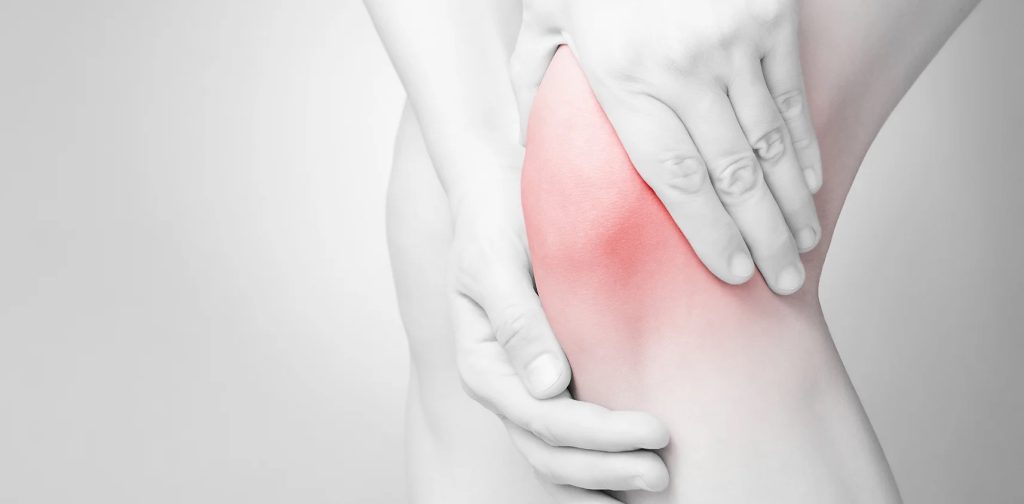
PCL Tear

Posterior Cruciate Ligament (PCL) Tear
The Posterior Cruciate Ligament (PCL) is the ligament at the back of the knee bone. Contrast this to the ACL, which is in the middle of the knee.
The PCL is less commonly injured as compared to the ACL. Read on to find out more about the PCL and the treatment.
Posterior Cruciate Ligament (PCL) tears
The PCL is most commonly injured during sports injuries or car accidents. Sports injuries may include contact sports such as soccer and rugby and jumping sports such as basketball or volleyball. Car accidents may injure the PCL for front-seat passengers who impacts their knees onto the dashboard.
What happens when the PCL is torn?
The PCL is a ligament that connects the thight bone (femur) and the leg bone (tibia). Its function is to hold the knee joint steadily and prevent excessive front-back movement of the tibia bone.
Soon after the injury, the knee will get quite painful, stiff, and swollen. The acute stage is always treated with Rest, Ice, Compression, and Elevation (RICE) of the leg to allow the acute inflammation and swelling to settle.
Subsequently, a torn PCL may cause the patient to feel looseness of the knee, inability to walk or run far, inability to squat, or aches and pains in the knee. However, in certain cases, especially where the patient does not have high functional demand on the knee, the patient may feel no difficulties whatsoever with the torn PCL.

Diagnosis of a PCL tear
Diagnosis is achieved through history-taking, a physical examination by the Orthopaedic Surgeon and an MRI scan. Information from all aspects are vital in the diagnosis and decision for the type of treatment.
How do we treat PCL tears?
These injuries can be treated with a course of physiotherapy or surgical reconstruction.
In general, for an isolated PCL injury, physiotherapy may be a first line of treatment for many patients. Physiotherapy works on strengthening the rest of the muscles around the knee to compensate for the laxity of the PCL.
However, if the patient feels laxity and aches in the knee despite physiotherapy treatment, or if the PCL is part of a multi-ligamentous injury, then surgical reconstruction is recommended. Surgery is also recommended for patients with high functional demand on their knee, eg active sports people.
Surgery for the PCL
This involves reconstructing the ligament. The PCL and ACL are ligaments which do not heal well with repairing them, so standard treatment is to reconstruct, ie make a new one.
To make a new one, surgeons can use an autograft (the patient’s own tissues), or an allograft (someone else’s tissues). There are pros and cons for each. The tissue is inserted into the knee, using a Key-Hole Surgery method, meaning only small cuts are made on the skin around the knee. Surgery for an isolated PCL reconstruction may take about 2 hours and is done under general anaesthesia. Most patients stay one night and discharge from hospital the next day.
Patients will be able to put weight on the leg and walk slowly around after surgery.
Recovery for a PCL reconstruction surgery
The first 2-3 weeks after surgery are mostly for rest of the knee, though there needs to be simple exercises to maintain the strength of the knee. Subsequently, physiotherapy commences to strengthen the newly reconstructed ligament. A general timeline for recovery could be as follows:
– smooth, comfortable walking at 5 – 6 weeks
– cycling and swimming about 2 – 3 months
– running about 5 – 6 months
– jumping or contact sports about 9 – 12 months.
Centurion Orthopaedic Centre
38 Irrawaddy Road
Mt Elizabeth Novena Hospital Specialist Centre #07-40
Singapore 329563









